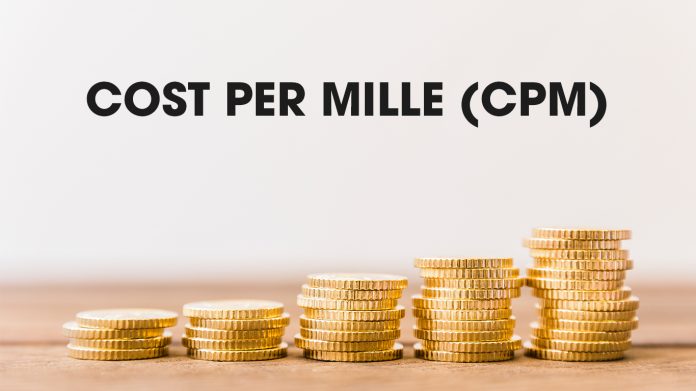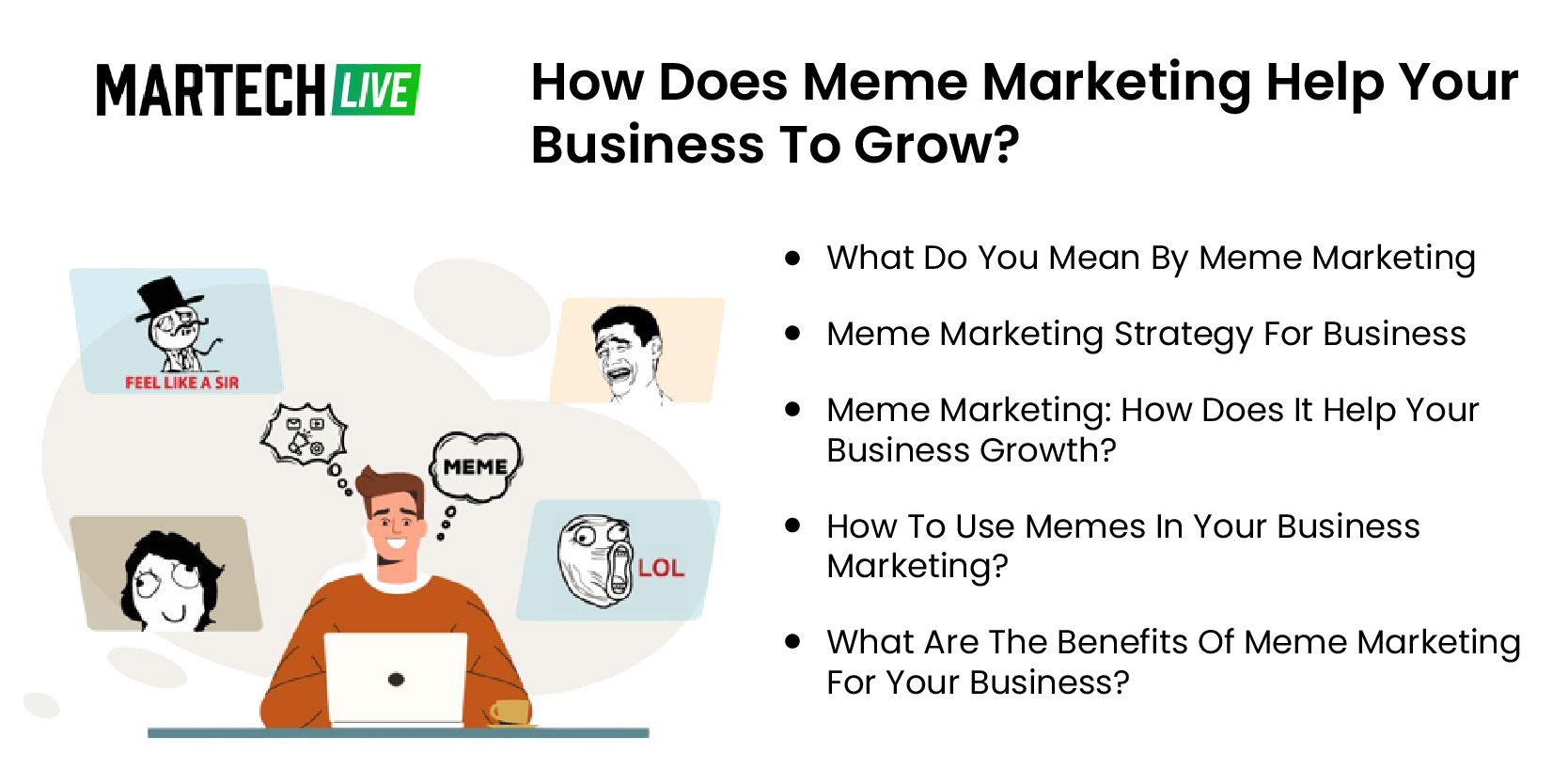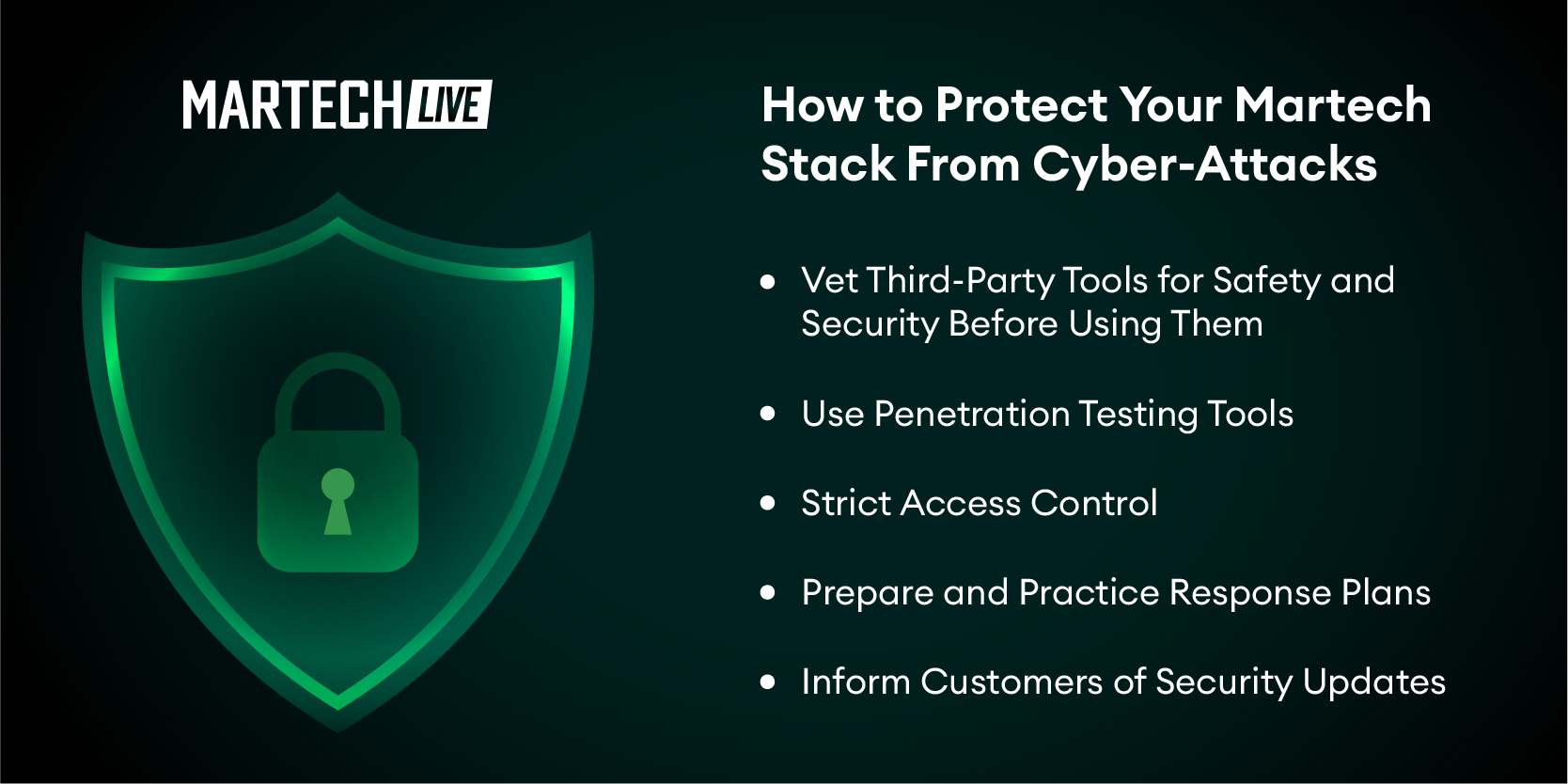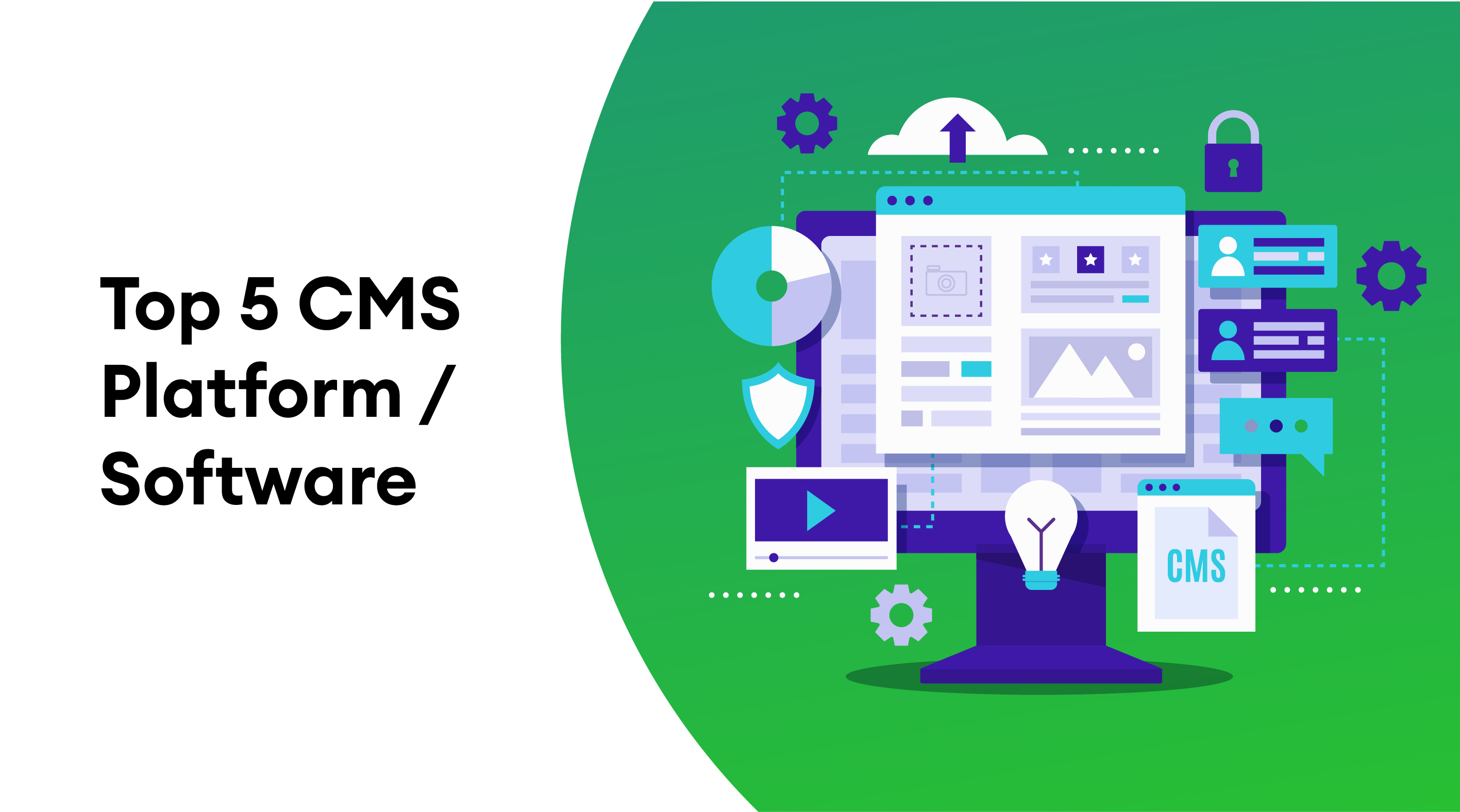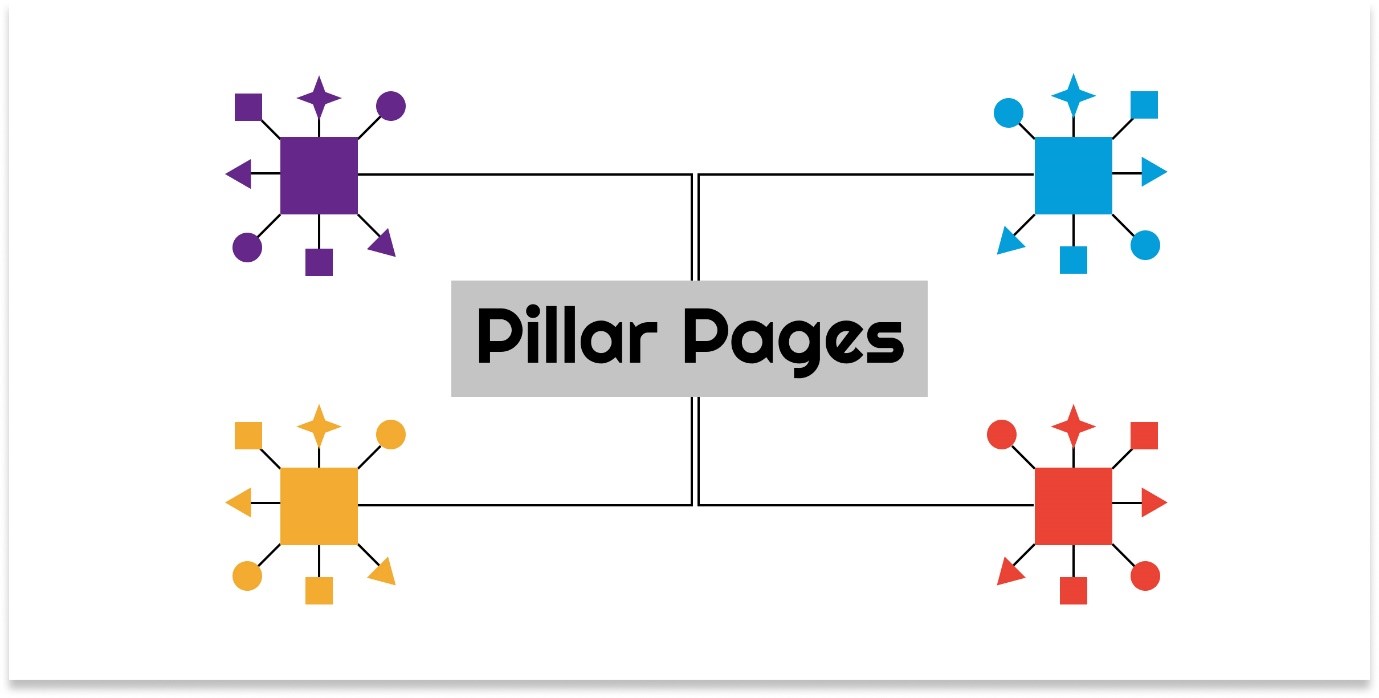One of the primary tasks of marketers is to manage an efficient marketing budget whilst meeting organization goals, which requires the strategic allocation of funds. Regardless of their marketing budget, marketers must make the most out of what they have at hand. Cost Per Mille (CPM), also known as Cost Per Thousand impressions, is an important metric that defines the cost of ad space and, in turn, how much publishers will get paid for every 1000 unique impressions. CPM monetization is a method that is often employed for pricing mobile app space.
A common mode of determining cost per mille campaign efficiency is by checking the click-through rates. Click-through rate is defined as the ratio of clicks and overall impressions that an ad receives. The cost per mille pricing measure is ideal for marketers looking to run campaigns that increase exposure and brand awareness. Other measures such as cost per click (CPC) are not as well suited for brand awareness as CPM and have specific user action targets such as app installations or service registrations.
So, What Exactly Is Cost Per Mille (CPM)?
Traditional marketing methods employed the ‘cost per mile’ method, which referred to the cost of a certain distance traveled by working vehicles. In today’s technology-based digital marketing scenario, ‘cost per mille’ refers to the cost paid by advertisers to a publisher/ developer per 1,000 views of an ad; therefore, the alternative name: cost per thousand. It is basically an advertisement campaign, wherein brands pay a previously decided price for every 1,000 ad impressions on a web page.
Purpose of Cost Per Mille (CPM)
In cost per mille, publishers get paid with the views (the number of times an ad is displayed on a target web page), irrespective of whether the audience clicks on the ad. This method is mostly utilized by marketers to promote their brands and do not expect this campaign to have an immediate effect on sales. This may also include the promotion of a particular product by a brand, which has been launched recently.
Other than brand and product awareness, cost per mille is used by media networks on television, radio, magazines, and newspapers, among others. Advertisers use CPM via such media as a mode of judgment for the cost-effectiveness of the ad. Depending upon the result, advertisers decide whether to go ahead with the campaign or look for another strategy from the information they have obtained.
How Is Cost Per Mille (CPM) Calculated?
Cost per mille is calculated at two important phases of a brand’s marketing campaign. The first instance is before implementation, so as to understand investment requirements and feasibility. The second instance is after the campaign concludes, to understand the efficiency of the campaign.
For the calculation of CPM before a campaign starts, the allocated marketing budget should be divided by the number of impressions desired and multiply the result by 1000.

For the calculation of CPM after a campaign concludes, use the same formula, but with the actual number of impressions.

What’s a Good Cost Per Mille (CPM) Rate?
Cost per mille can differ in each campaign and also depends on the type of advertisement that is chosen. On average, advertisers are known to spend $2.80 for every 1000 impressions, irrespective of the click-through rate. Despite global CPM rates growing, the engagement level remains low. This requires marketers and advertisers to pay attention to ad placement and audience targeting, so as to ensure measurable returns from their campaigns, whatever the CPM rate may be. Mentioned below are a few points that tell marketers whether their CPM is optimum.
- Although topic/ category ads are cheaper, they are less likely to convince the user to make an action. Marketers need to utilize audience data and target contextual keywords, rather than just a topic, to increase click-through rates by almost three times.
- Marketers must leverage native advertising, which is a type of display advertisement that blends into the website and doesn’t look like an ad at all. Despite this ad type being a little more expensive than banner ads, it has a CTR that is two to three times higher.
- In terms of CPM, videos are the most expensive, priced at $10 to $15, and even higher for connected television ads. Videos, however, bring in much higher engagement rates than other advertisement modes.
While looking for a good CPM rate, marketers must take into account their campaign goals. If a brand plans to launch a new product, and only requires impressions, a CPM of up to $3 is ideal. Similarly, if a brand aims to push a product/ service, they must look at CPM rates between $3 to $9, which encourages clicks and shares. For brands looking at promotions and specific marketing content circulation, CPM rates can go all the way up to $20 for every 1,000 impressions.
Types of Cost Per Mille (CPM)
To enhance visibility, CPMs are segmented into the following three types.
-
vCPM
This refers to the viewable cost per mille and is defined as the amount that the advertiser is willing to pay for actual views. Google defines an ad as ‘viewed’ when the user sees at least 50% of the content for at least one second or more. A minimum bid amount is set by advertisers for display ads and isn’t calculated after the campaign has been rolled out.
-
eCPM
Also known as effective cost per mille, eCPM takes into consideration the revenue generation capabilities of the advertisement. In eCPM, the user must click on the ad and begin the revenue generation process for it to contribute to a brand’s eCPM. It does not depend upon the ad being placed on a webpage or simply viewed. It is calculated by dividing the total revenue from clicks by the total number of impressions.
-
CPVC
Cost Per Completed View is specific to video ads and requires payment only when the entire video has been watched by the user. It does not count video ads that were left halfway through. In certain cases, advertisers can define milestones for videos, crossing which, would define the video as viewed (i.e. a timeframe of 5 seconds or 10 seconds into the video).
CPM VS CPC VS CPA
-
CPC
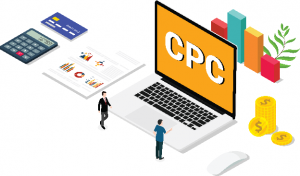 Cost Per Click (CPC) is the amount an advertiser pays a publisher for each click that an advertisement receives.
Cost Per Click (CPC) is the amount an advertiser pays a publisher for each click that an advertisement receives.
-
CPA
 Cost Per Acquisition (CPA) is the media expenditure and other expenses divided by the number of leads or actions taken from a campaign. It may also include advertising costs that are outside of digital ads as well.
Cost Per Acquisition (CPA) is the media expenditure and other expenses divided by the number of leads or actions taken from a campaign. It may also include advertising costs that are outside of digital ads as well.
-
CPM
 Cost Per Mille (CPM) is the amount an advertiser pays a publisher for every 1000 views of an advertisement.
Cost Per Mille (CPM) is the amount an advertiser pays a publisher for every 1000 views of an advertisement.
Different marketers have different reasons for implementing such pricing models. Each type of pricing model has its individual set of advantages and disadvantages for publishers that monetize their web traffic through display advertising. While one method may work wonders for a particular campaign, or marketer, or brand, it may not be optimal for another. If marketers and brands are new to display advertising, they would be better off trying different types of campaigns to understand which method suits them best, according to the response from their target audience.
Cost Per Mille (CPM) Benefits
Cost per mille as a marketing metric is often more pocket-friendly than other metrics such as CPA or CPC. However, the price advertisers pay, depends on how they showcase their ads. Social targeting and CPM campaigns allow brands to generate awareness quickly for a comparatively low price. Other than the pricing, CPM also offers the following benefits.
-
Improved Credibility
Online businesses must establish themselves in the target market before their audience takes them seriously. Cost per mille campaigns increase awareness and results in customers feeling a sense of familiarity with the brand.
-
Highly Relevant Leads
CPM makes it possible for brands to reach out to only the most relevant customers as brands can refine targeting options with their CPM ads.
-
Industry Buzz Generation
Marketers must aim to create ads for CPM campaigns that are of high quality and get people talking about their brand. Ideal CPM strategies generate word of mouth, which is the best form of marketing a brand can accomplish with their CPM campaigns.
How Do Brands Maximize ROI Using Cost Per Mille (CPM)?
ROI maximization is the ultimate goal that brands and their marketers strive to achieve with every marketing campaign and process. To maximize ROI while utilizing CPM, marketers must follow the points mentioned below.
- Make use of refined targeting to ensure expenditure on only relevant leads
- Ensure that the same user does not see an ad more than three times
- Create eye-catching content that leaves a lasting impression of the brand
- Provide customer testimonials or leverage influencer endorsements in ads
Conclusion
An optimized cost per mille (CPM) strategy is the pivot around which a brand’s marketing sustainability and success revolve. It is understood that brands must keep their impression costs within their stipulated budgets and pay close attention to the efficiency of a CPM campaign for ROI maximization.


